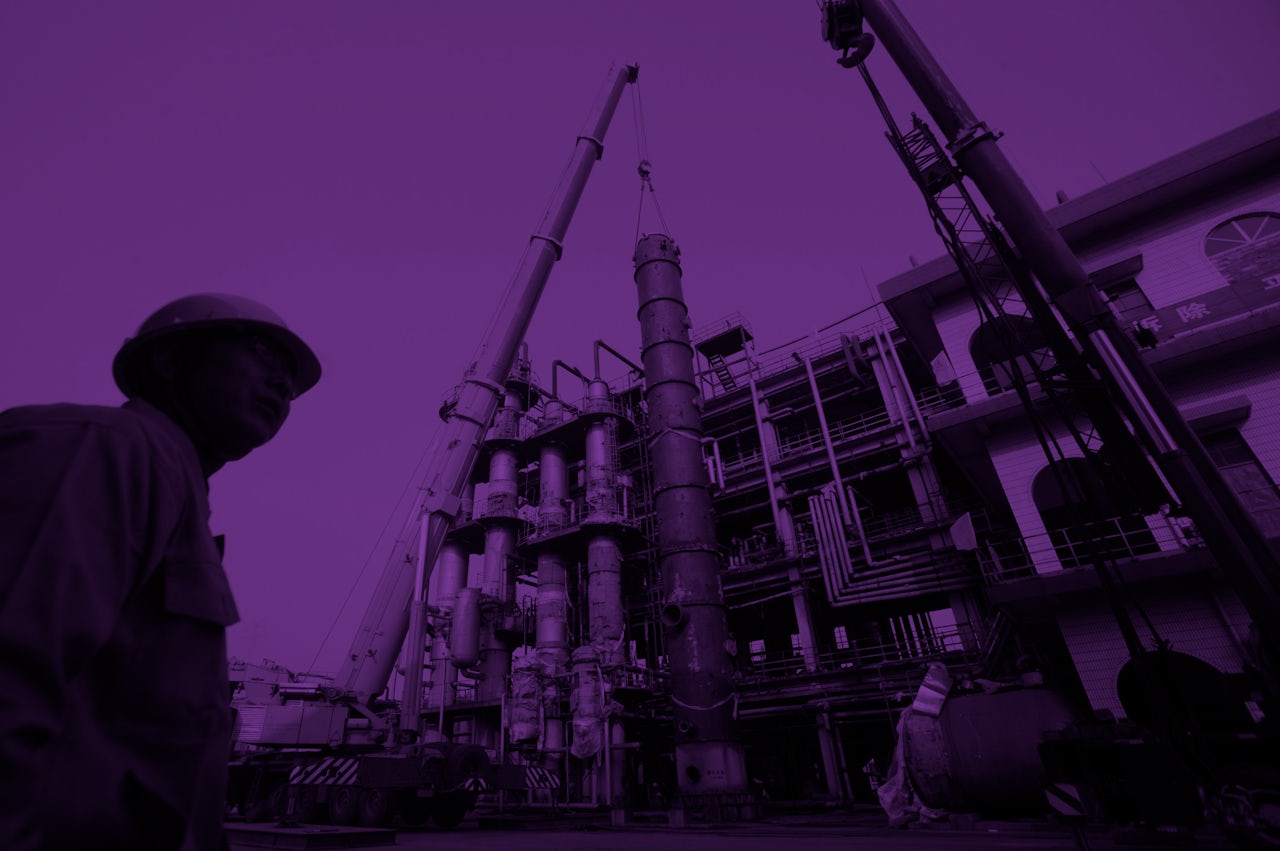Sulfuric acid is already a pervasive pollutant in highly industrial regions like Nanjing, China. But according to new research published in Science today, the chemical is invisibly combining with other urban chemicals, a rarely-considered consequence of pollutants making it into the air that could potentially harm the climate in the long term.
When polluted sulfuric acid combines with water vapor and the organic gas compound dimethylamine, they clump together and crystalize into clusters just a few nanometers in size. On a microscopic level, sulfuric acid particles are involved in a series of reactions that create clouds, which reflect and emit heat at the same time. Sulfuric acid is also an aerosol, which has a cooling effect on the atmosphere. The clouds it prompts to form can either reflect light, or absorb and reemit it toward the ground, which creates a warming effect.
“Strong atmospheric new [sulfuric acid] particle formation in China is a result of the vast emissions,” the paper reads. “New particle formation events in turn lead to the formation of large concentrations of new atmospheric particles that have an effect on regional air quality and potentially also the regional and global climate.”
Although new particle formation affects the accuracy of climate models — which politicians and scientists use to appropriately plan for a warmer world — scientists are still very early in researching it. The sulfuric acid clusters are very small, only three nanometers in size, and difficult to detect and track. On its own, it’s an an already-lethal pollutant linked with shortness of breath and lung conditions like bronchitis, emphysema, and conjunctivitis.
In 2009, atmospheric researchers said that new particle formation effect on the radiation budget “represents the dominant uncertainty in assessing climate change. Nine years later, we know that the concentrations of sulfuric acid and other aerosols in the air are the biggest predictors of new particle formation. This new paper highlights that these are all particles that are very common in polluted cities like Nanjing. But we still don’t know the exact mechanism driving these compounds to combine in a climatically dangerous way. When the entire modern economy is built to prop up the fossil fuel industry — which dumps this gaseous sulfuric acid into incredibly populous working class cities across the world — it can be exceedingly difficult for local regulators to keep pollution in check.
Between 2013 and 2016, air particulate levels in 62 Chinese cities dropped by an average of 30 percent thanks to an intense national “air cleanup plan.” But these efforts have limited success when country is subject to the whims of a superpowered modern economy. China is currently playing at least a partial role in the pollution of a Montreal Protocol-violating CFC that destroys the ozone layer and heats the atmosphere thousands of times more quickly than carbon dioxide.
